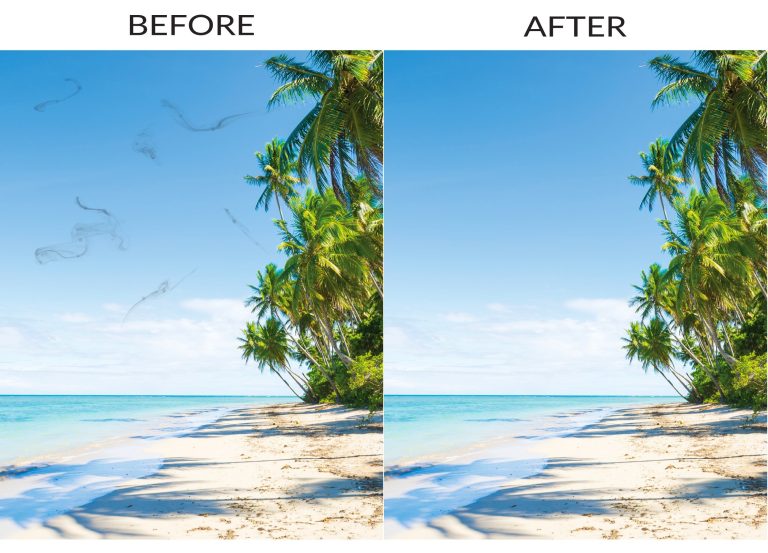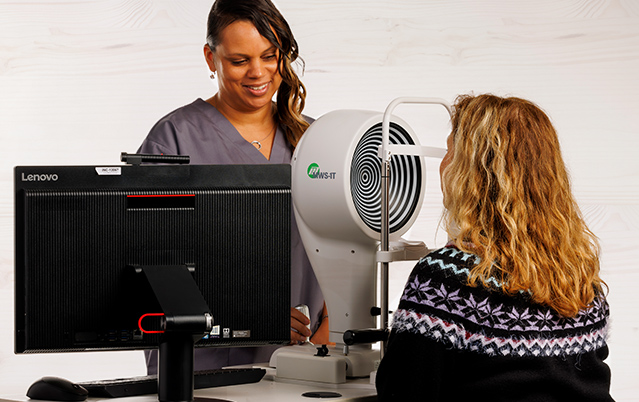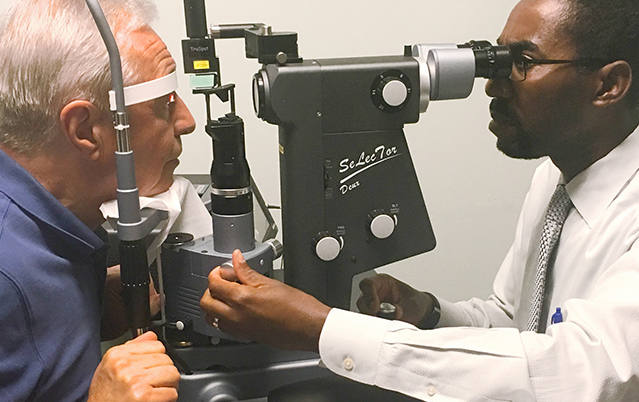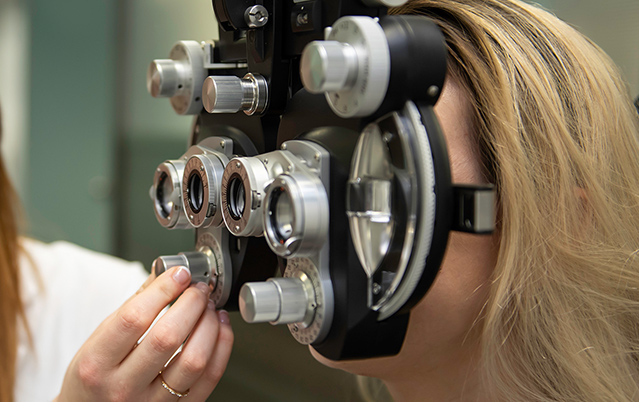According to data from the National Institutes of Health (NIH), vitreous floaters affect up to 4% of the global population, which equates to over 300 million people worldwide. “Floaters” are due to opacities in the vitreous gel in the posterior section of the eye. They are uncommon in youth, but occur with aging of the vitreous gel. While most floaters are not considered an ocular disease, their presence may significantly affect quality of life and prevent enjoyment of common life activities.
Many doctors observe floaters and reassure patients that they may become less symptomatic over time. Prior to laser vitreolysis, the only treatment for persistent floaters was a vitrectomy, an intraocular surgery to remove the vitreous opacities.
Nearly 90% of patients bothered by their floaters are unaware of a laser treatment option, or they are discouraged by the invasive nature of a vitrectomy. Patient education regarding YAG Laser Vitreolysis may facilitate an enlightened discussion to assess a patient’s candidacy for a painless and less invasive solution.
LIGHTMED’s LIGHTLas YAG-V and LIGHTLas SLT Deux-V offer the ability to perform highly effective laser vitreolysis that involves ultra-fast pulses of low Nd:YAG laser energy to evaporate the vitreous opacities and sever vitreous strands. The end-point of the procedure is that the floaters are removed, or reduced to a size that no longer significantly hinders vision. Laser vitreolysis results in a high level of patient satisfaction with a higher degree of safety and a lower rate of complications when compared to its invasive vitrectomy alternative.

When determining if a patient qualifies for treatment, the most important factors ophthalmologists consider are the type of floater and the presence of other potential ocular diseases which could lead to complications. Floater types fall under the following four categories, and of these groups, Weiss Rings/PVD floaters are most amenable to laser vitreolysis treatment.
- Microscopic floaters – These are the most common in patients under 45 years of age. These opacities are located too close to the retina (1-2mm) to be safely treated.
- Pathologic floaters – The presence of hemorrhage or inflammatory cells can significantly impair vision, but these types of floaters are not treatable with laser vitreolysis.
- Diffuse sheets of vitreous with strands and cobwebs – These are less likely to respond to laser vitreolysis and may also be located too close to the native intraocular lens to be amenable to treatment.
- Weiss Rings/PVD floaters – These are usually very amenable to vitreolysis once other pathological causes such as a retinal tear or detachment have been ruled out.
While complications and side effects are rare with laser vitreolysis, it’s important to know that patients may experience the following:
- Inadvertent retinal laser application – This is minimized by careful selection of which floaters to treat by the experienced physician.
- Retinal detachment – This complication is very rare and the risk is decreased by a thorough preoperative exam to good candidacy for the laser. Patients with untreated retinal holes or tears are not candidates for vitreolysis unless their breaks have been previously treated and are stable.
- Traumatic cataract – Patients may experience a rapid onset of blurred vision if there is inadvertent laser application to the lens. Cataract surgery may then need to be performed urgently and may be more complicated than if there had not been trauma.
- Increased intraocular pressure (IOP) – Although rare, this is more likely in older patients with pre-existing glaucoma. An increase in IOP is usually temporary and is treated with glaucoma eye drops.
- Intraocular inflammation (uveitis) – This very rare side effect is usually temporary and responds well to anti-inflammatory eye drops. Patients with a history of uveitis are not good candidates for laser vitreolysis. The types of floaters in posterior uveitis (vitritis) are not appropriate for treatment with laser vitreolysis.
Laser Vitreolysis functionality is standard in any configuration of the following LIGHTMED lasers systems:







